The overall performance of the wind power sector has picked up in recent years, especially in Europe as the region aims to both curb its reliance on Russian gas and significantly reduce the use of carbon-emitting fossil fuels.
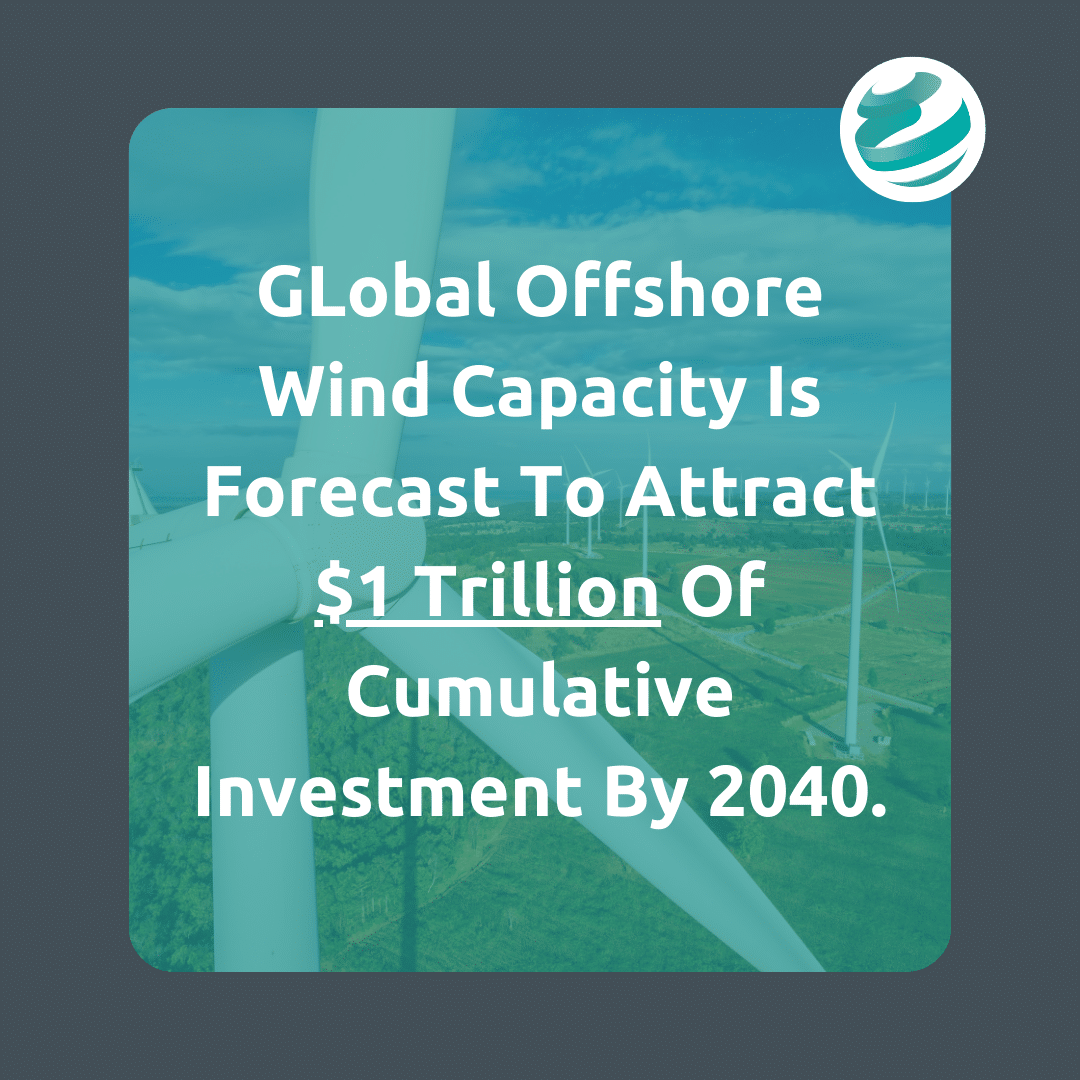
Global offshore wind capacity is forecast to surge 15-fold and attract around US$1 trillion of cumulative investment by 2040, according to a 2019 Offshore Wind Outlook released by the International Energy Agency (IEA). Supportive government policies falling costs, and some technological progress like larger turbines and floating foundations are expected to drive this increase.
Prior to the COVID-19 outbreak, renewable sources of electricity have become cost-competitive with fossil fuels. But is this still the case following the pandemic and the ongoing conflict between Russia and Ukraine? Here’s what we know.
Tapping wind power:
Over the next two decades, offshore wind power is predicted to boost efforts to decarbonize energy systems and reduce air pollution as it becomes a growing part of electricity supply. The 2023 renewable electricity capacity additions were forecast to reach 507 gigawatts (GW), almost 50% higher than in 2022, with continuous policy support in over 130 countries spurring a significant change in the global growth trend, the IEA said in its 2023 Renewables report.
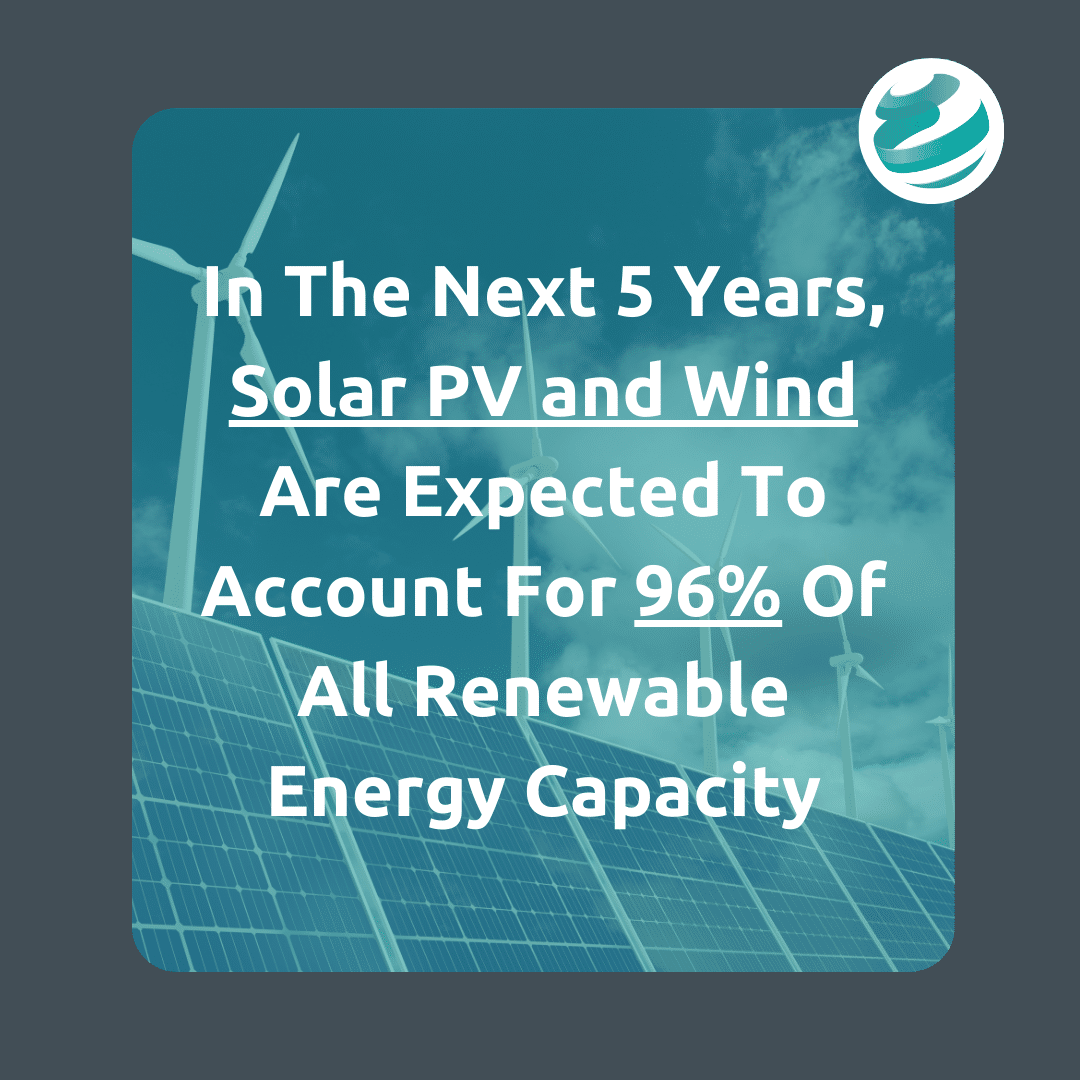
Countries across the globe have set an ambitious climate target of reaching net-zero carbon emissions by 2050. To reach these lofty climate goals, leaders have looked even more into renewable energy – energy produced from sources like the sun and wind – for climate solutions. In the next five years, solar photovoltaic (PV) and wind are expected to account for a record 96% of all renewable power capacity additions due to lower generation costs compared to both fossil and non-fossil alternatives in most countries. Policies are also continuing to support them.
A number of world leaders have decided that the ocean is an important part of addressing climate change, mainly because it already absorbs 25% of the additional heat generated from carbon emissions. The ocean is seen as a key source of drinking water through desalination, and most notably, asource of clean energy, including wave, tidal, floating solar, and of course, offshore wind. Offshore wind has a huge potential to make up a significant portion of the clean energy mix as it is much stronger and more consistent than onshore wind.
Comparing Europe and the United States:
Europe has a considerably more advanced offshore wind industry with three decades of experience putting turbines in the water. By 2020, the region had more than 5,400 turbines in the water with an overall generation capacity of more than 25 GW. In that year alone, more than US$31.7 billion of investments were made in new offshore wind assets in the continent. Countries in Europe also have advanced forward-looking offshore grid concepts like the North Sea Wind Power Hub.
A few years later, the United States’ offshore wind industry crawled forward. It was a slow progress, held back by litigation, protracted permitting, complex and novel regulatory frameworks, stakeholder opposition, and less-than-favorable energy markets, that by 2021, there were only two operational offshore wind projects in the country. In October last year, the US installed its first major offshore wind farm of 62 massive turbines from the General Electric unit.
Cost and challenges:
The cost of offshore wind power used to be higher than that of onshore and considered uneconomical, but in 2017, it became price-competitive with conventional power sources in Europe. In the UK, the cost of generating electricity from offshore wind farms fell sharply that year, making it one of the cheapest ways to supply the grid, according to a Bloomberg report. The rapidly falling costs for offshore windfarm technologies are also boosting global renewable energy capacity.
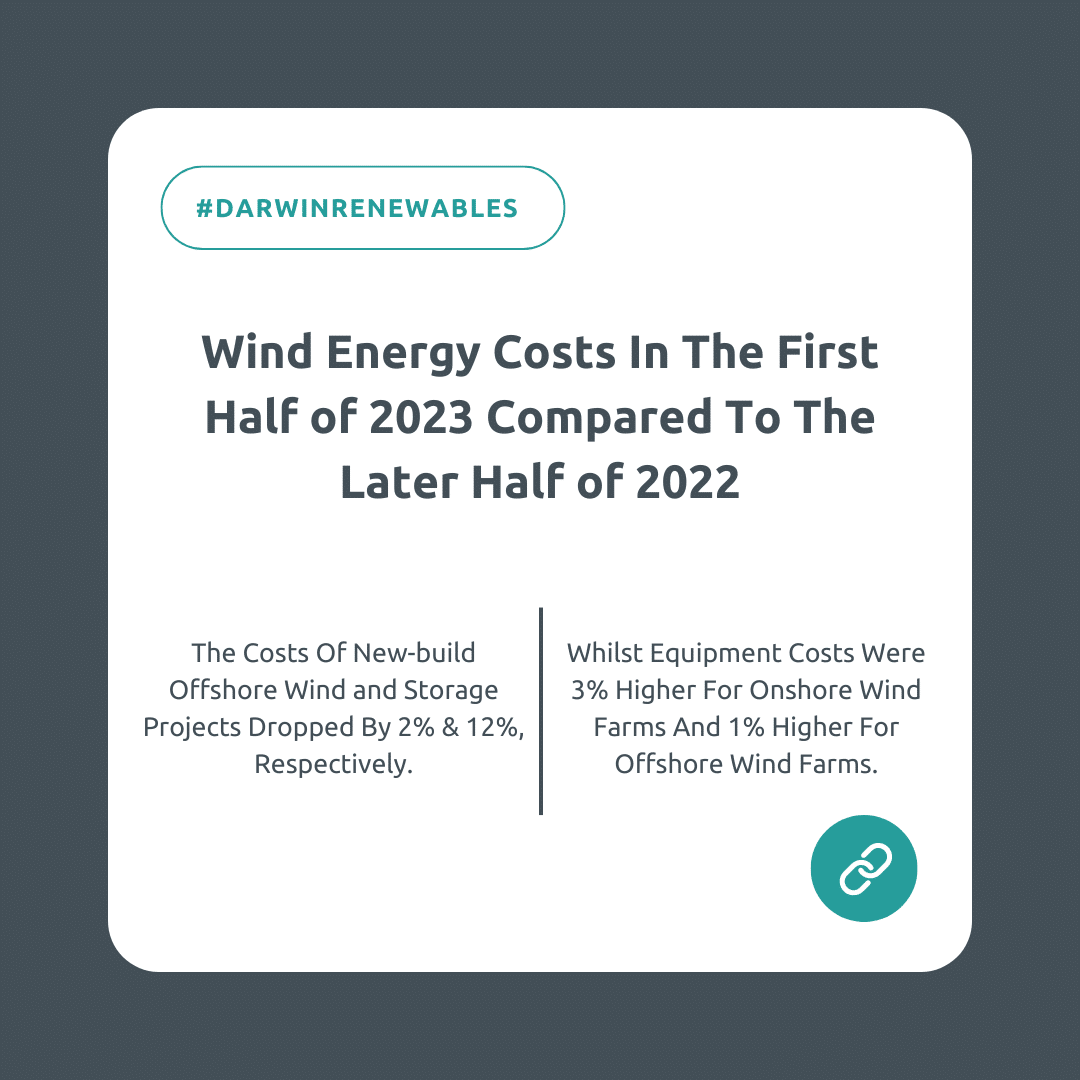
But this was before the pandemic and the war in Ukraine. In June last year, Bloomberg’s research arm BloombergNEF reported that in the first half of 2023, the costs of new-build offshore wind and storage projects have fallen by a respective 2% and 12%. However, compared to the last part of 2022, equipment costs for onshore wind farms were 3% higher, while offshore wind farms are 1% higher on average. This is an indication that wind turbine manufacturers in the US and Europe have still been feeling the effects of the commodity squeeze of the past year.
In its report last month, ENTSO-E, Europe’s association of transmission system operators, found that the region’s wind sector supply chains could face challenges in meeting the target of deploying almost 500 gigawatts (GW) of generation capacity to the European Union (EU) and neighboring countries, like the UK and Norway.
Subsidies needed:
To make sure countries across the globe meet their climate goal targets, governments are pouring in support. In November 2023, the British government announced it will offer significantly higher subsidies for new offshore wind farms after crisis talks with developers facing cost inflation across global energy supply chains. Ministers agreed to raise by 66% the starting price of the government’s next auction for offshore wind subsidies by around two-thirds to £73 per megawatt hour (MWh). This will allow more offshore windfarm projects to move ahead despite higher costs. The starting price for floating offshore wind project was also raised by over 50% from £116 a MWh to £176 a MWh before the next subsidy auction this year.
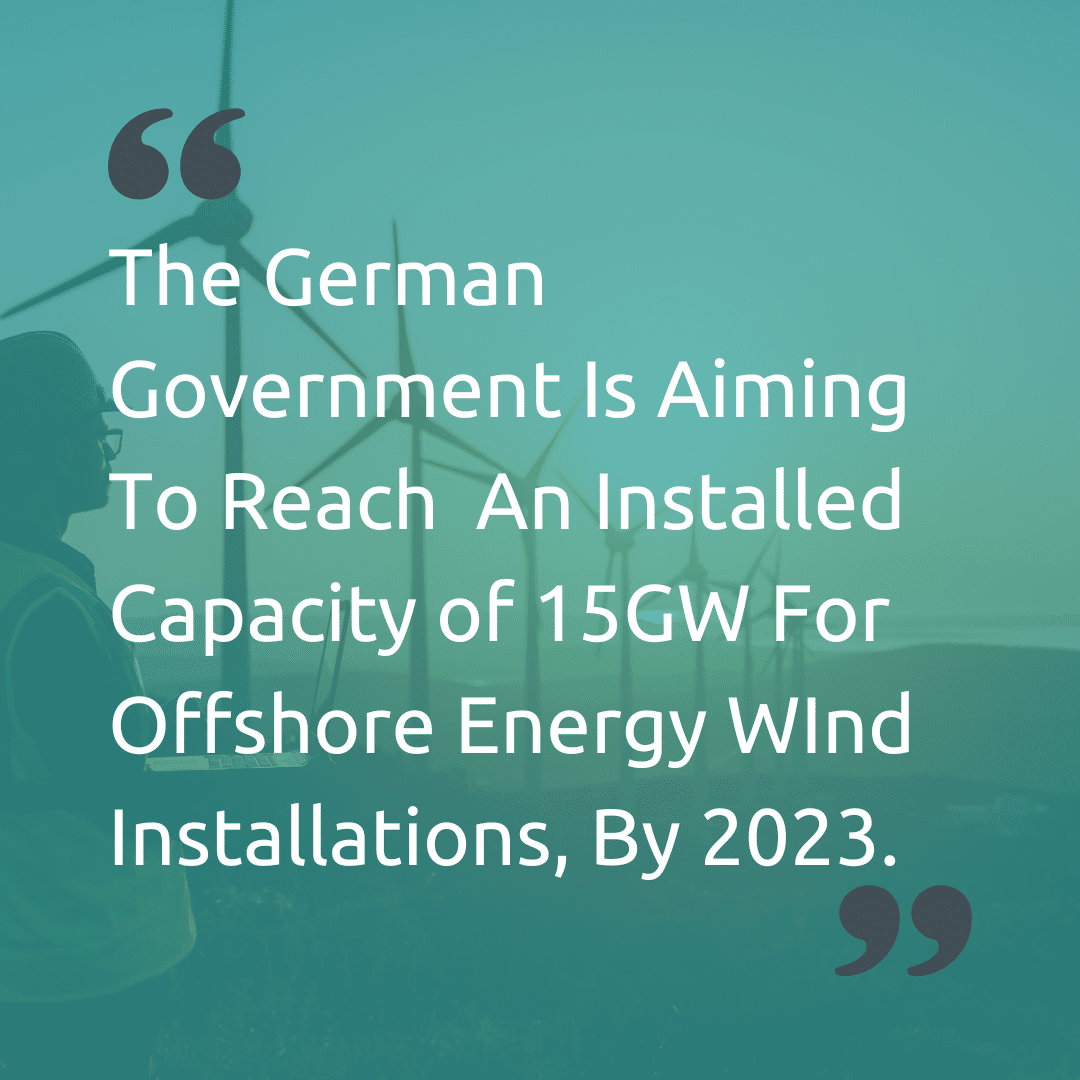
The German government is aiming to reach, by 2030, a total installed capacity of 15 GW for offshore wind energy installations. An aid scheme was approved by the European Commission to help the country achieve its goal.
On February 1, India announced plans to subsidize offshore wind to achieve its net-zero goals. The US introduced the Inflation Reduction Act, one of the world’s largest subsidy programs for green technology, having significantly improved investment profitability across industries in the country.
Subsidies and Challenges:
Growth in Europe’s offshore wind sector can be attributed to a wide range of subsidies and a big variety of funding programs to finance energy projects. The EU is proposing to subsidize all energy projects through two-way contracts for differences, a financial tool that provides revenue stability for electricity generators. This move is expected to support the deployment of renewable energy projects while maintaining cost-effectiveness.
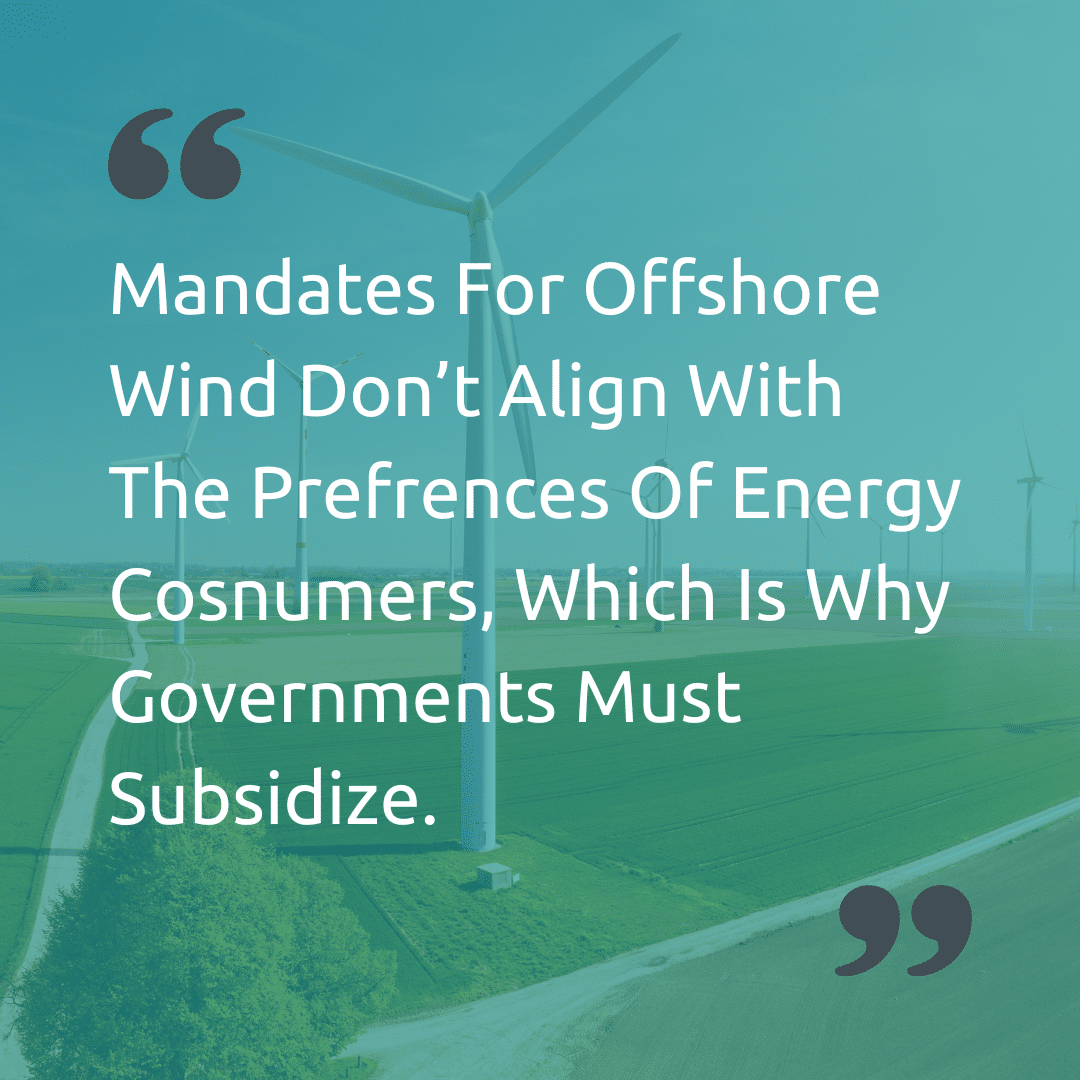
Before the COVID-19 outbreak, offshore technology costs had gone down, and some favorable offshore wind projects in Europe were being built without subsidies. But the pandemic and Russia’s invasion of Ukraine, as well as inflation and high interest rates, are making it difficult for many countries to build more infrastructure needed to meet their climate goals without government support. In addition to this, mandates for offshore wind don’t align with the preferences of energy consumers, which is why governments must subsidize it for it to exist.
Are you looking to take the next step in your career? Check out our latest Wind Energy jobs here.
Alternatively, if you have any questions about hiring in the Wind Energy sector, please do not hesitate to get in touch with me.






